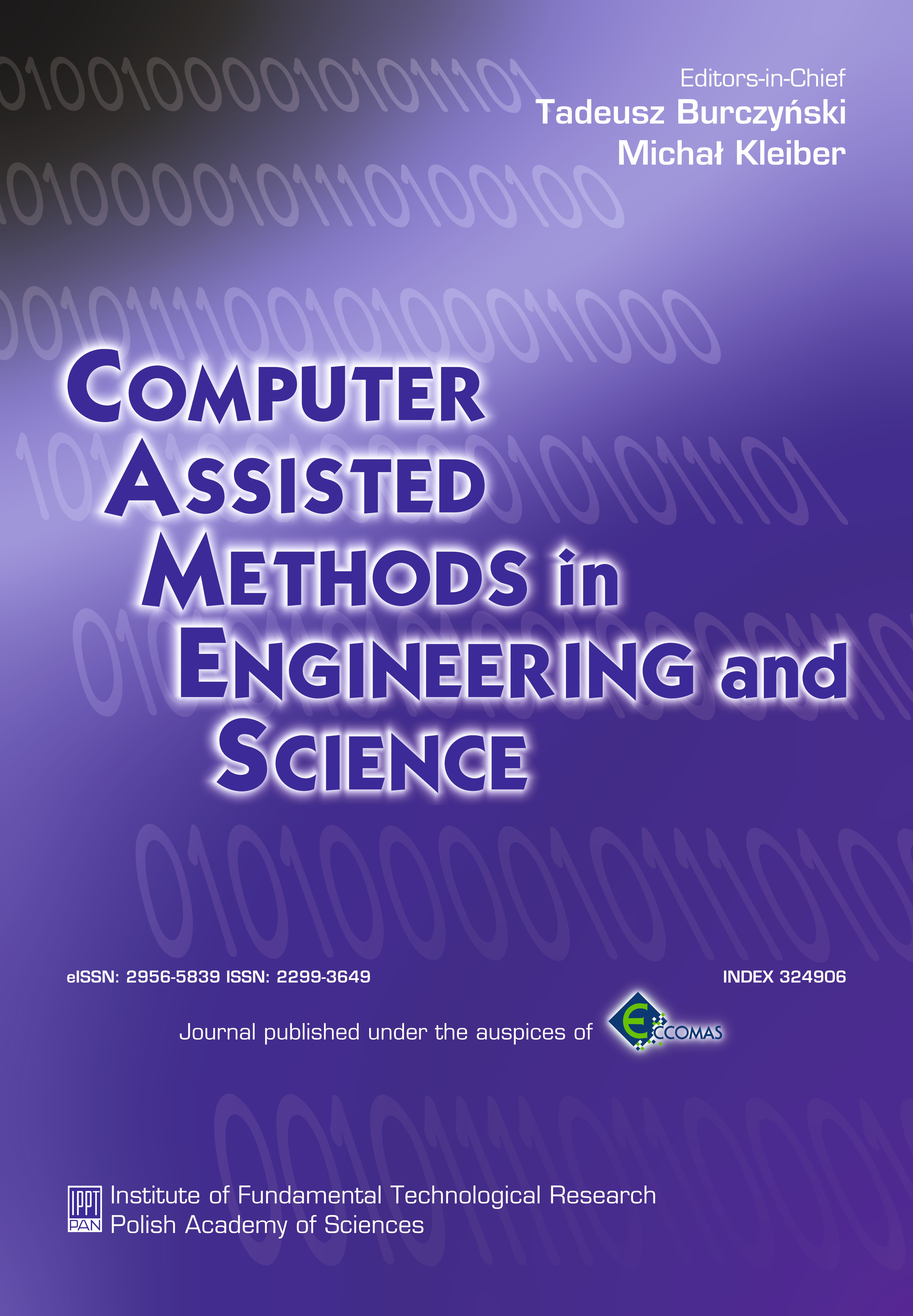Abstract
Measurements of heat transfer and temporal temperature distribution can be used as input in the diagnostic tools and methods of skin lesions, with special attention paid to malignant melanoma identification. Such approach requires mutual use of skin temperature and heat flux measurements combined with numerical simulation. A mild skin cooling process by a brass compress is considered in this paper. The temperature distribution on the skin and the heat flux between metal and tissues are measured. They are used in the course of validation study of the proposed numerical model. A numerical model of heat transfer in living tissues is described by Pennes' bioheat equation augmented with additional models of passive thermoregulation and vasoconstriction effects. The information regarding material properties of tissues and cooling compress involved in the simulation is essential to accurately solve this problem. Therefore, the main purpose of this work is to determine the accurate material property information by means of laboratory experiments.
Keywords:
bioheat transfer, LFA, melanoma, thermal conductivity, thermal diffusivityReferences
[2] D. Fiala, K.J. Lomas, M. Stohrer. Computer prediction of human thermoregulatory and temperature responses to a wide range of environmental conditions. Int. J. Biometeorol., 45: 143–159, 2001.
[3] G.W.H. Höhne., W.F. Hemminger, H.-J. Flammersheim. Differential Scanning Calorimetry. Springer, 2003.
[4] Laser Flash Apparatus LFA 457 MicroFlash®. Method, Technique Applications of Thermal Diffusivity and Thermal Conductivity.
[5] Z. Ostrowski, P. Buliński, W. Adamczyk, P. Kozołub, A.J. Nowak. Numerical model of heat transfer in skin lesions. Zeszyty Naukowe Politechniki Rzeszowskiej, Mechanika, 87: 55–62, 2015.
[6] Z. Ostrowski, P. Buliński, W. Adamczyk, A.J. Nowak, Modelling and validation of transient heat transfer processes in human skin undergoing local cooling. Przegląd Elektrotechniczny, 91: 76–79, 2015.
[7] H.H. Pennes. Analysis of tissue and arterial blood temperatures in the resting human forearm. J. Appl. Physiol., 1: 93–122, 1948.
[8] N. Severens. Modelling Hypothermia in Patients Undergoing Surgery, PhD Thesis. Eindhoven University Press, Eindhoven, 2008.
[9] N. Severens, W.D. van Marken Lichtenbelt, A.J.H. Frijns, A.A. van Steenhoven, B.A.J.M. de Mol, D.I. Sessler. A model to predict patient temperature during cardiac surgery. Phys. Med. Biol., 52: 5131–5145, 2007.
[10] J. Stolwijk. A Mathematical Model of Physiological Temperature Regulation in Man. NASA Contractor Report CR-1855, NASA, Washington DC, 1971.
[11] R. Tadeusiewicz, P. Augustyniak. Fundamentals of Biomedical Engineering [in Polish: Podstawy Inżynierii Biomedycznej. Vol. I]. Wydawnictwa AGH, Kraków 2009.






